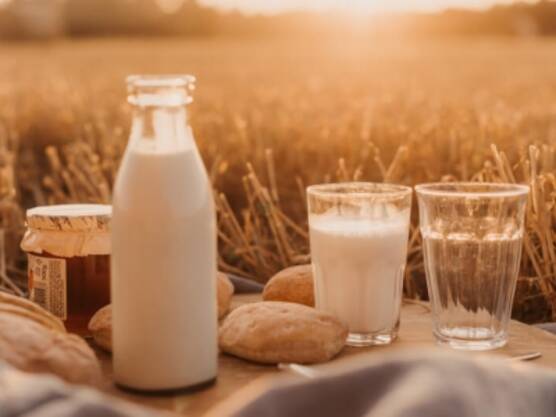- [email protected]
- Availability Location: Greece

Milk is the primary and most important food of humanity. It comes from several animals, such as a cow, a goat, a sheep, as well as others such as a horse, camel, buffalo, etc. It is a nutrient mixture of various organic substances and consists of water, fat, protein, carbohydrates, enzymes, salts and vitamins. It is a rich source of calcium and helps maintain good bone and skin health.
After the milk is processed in the dairy industry, human beings are offered their valuable dairy and cheese products. These products are mainly cheese, yogurt, butter, ice cream and cream. Milk, and milk products in general are very used in cooking since they are ingredients of many foods and sweets. They are the main ingredients of European as well as Indian cuisine, and are not well known in East Asian cuisine. It is noteworthy that the consumption of dairy products has increased significantly around the world since the early 1950s. Over the years, milk has been the basis of various cosmetic products.
The production of cheese and dairy products is an interesting process and continues, even today, in our country, in the traditional way. Due to the increasing demand for these products in the local and international markets, more emphasis is placed on maintaining hygienic conditions and on supplying the necessary equipment from the appropriate laboratories in order to maintain high quality products. In addition, the milk used for the production of cheese and dairy products must be of high quality, free of both chemical and microbiological constituents, free from impurities and derived from healthy animals.
In Greece, cheese and cheese production has been around for centuries, and it is even speculated that for the ancient Greeks cheese was a sacred food. There are references to cheese-making in ancient Greece by Aristotle and Aristophanes, while Homer mentions in the Odyssey the production of goat\'s milk cheese from Cyclops Polyphemus. Also, as early as the Byzantine Empire, it is believed that cheese began to be made, similar to that of the slice, and after the liberation from the Turks, the new Greek state relied on livestock and cheese making to create many new greek cheeses. Nowadays, cheese is an important part of the daily diet of Greeks. Each region of our country has its own tradition of cheese production, resulting in more than 70 different types of cheese being recorded.